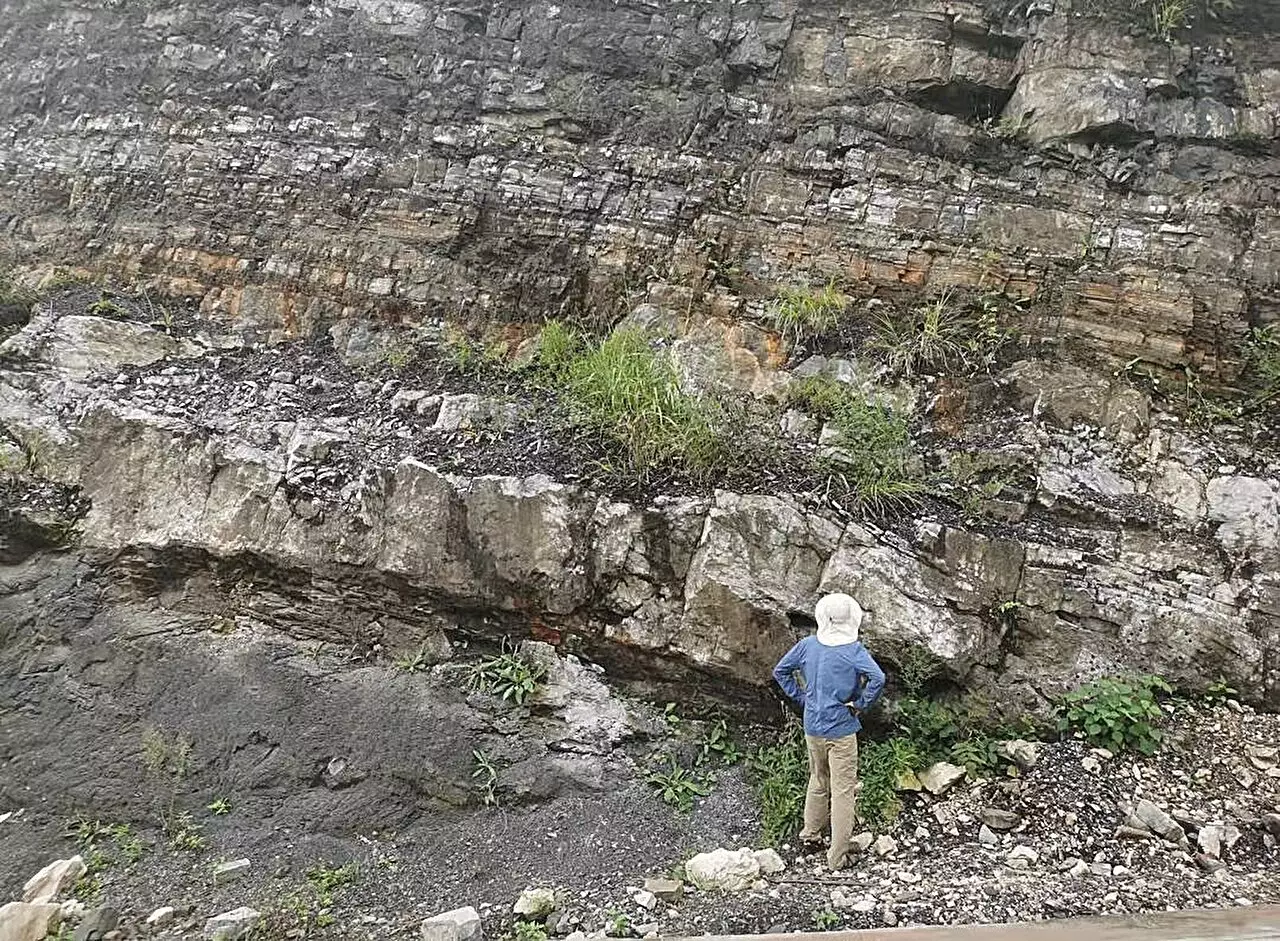The phenomenon known as “Snowball Earth” refers to extraordinary climatic periods that gripped our planet hundreds of millions of years ago, during which vast expanses of land and ocean were covered by ice as thick as one kilometer. These catastrophic ice ages did not conform to predictable patterns, occurring sporadically throughout Earth’s history, lasting for millions of years before ending in a dramatic warming event. Recent studies have illuminated the conclusion of the most recent Snowball Earth event and its implications for the evolution of complex life on our planet. This article delves into these groundbreaking findings, particularly focusing on ancient sedimentary formations known as cap carbonates, and their significance in understanding our planet’s climatic and biological evolution.
Cap carbonates, sedimentary structures composed chiefly of limestone or dolomite, provide crucial insights into the atmospheric and oceanic conditions of our planet around 640 million years ago. These rocks span over 50 global locations—including Death Valley, Namibia, and Australia—and are believed to have formed during the thawing of glacial ice following a Snowball Earth event. According to researchers, the analysis of these cap carbonates reveals shifts in Earth’s carbon cycle and atmospheric CO2 levels during a time of extreme climatic change.
Lead researcher Trent Thomas emphasizes the importance of cap carbonates in elucidating past environmental conditions. “These formations are critical for understanding key atmospheric and oceanic properties during a period when Earth was largely ice-bound. They preserve records of our planet’s dynamic climate,” Thomas asserts. The formation of these rocks signifies a transition period where significant geochemical alterations occurred, marking a change in Earth’s climate narrative.
The transitional phase following Snowball Earth is particularly noteworthy for its correlation with the emergence of more complex life forms. Before the onset of these glacial periods, Earth experienced what has been termed the “boring billion,” a stretch of time when life largely consisted of simple microbes and algae. The dual Snowball Earth events disrupted this monotonous state, paving the way for the first animals shortly afterward—a connection researchers are now striving to unravel.
Understanding how atmospheric and oceanic conditions changed during these colossal ice ages sheds light on the evolution of Earth’s biosphere. The study conducted by the University of Washington presents three distinct phases of the Snowball Earth event, outlining how interactions between the atmosphere and ocean changed drastically. Beginning with substantial global ice cover reflecting sunlight and limiting energy absorption, pockets of open water eventually facilitated crucial exchanges in environmental conditions.
As CO2 levels climbed, the greenhouse effect emerged, causing global temperatures to rise and initiating the melting process of the Earth’s icy mantle. This thawing allowed freshwater from melted ice to flow into oceans, creating stratified layers of different salinity and temperature, which played a crucial role in disrupting stagnant ocean conditions.
Implications for Future Research
The findings from the recent study are not merely a reflection on past climates; they also provide a framework for understanding how life could have adapted and evolved post-Snowball Earth. David Catling, a senior author of the study, articulates the potential evolutionary pathways following these climatic transformations. “There is a significant question regarding how certain life forms may have survived through the rigors of the Snowball Earth and how they subsequently diversified into more complex organisms.”
Future research will aim to explore these pockets of survival—conceivably microhabitats that endured harsh conditions during the glacial epochs. Investigating these environments could unlock further insights into how early lifeforms transitioned into the rich biodiversity we witness today.
The Snowball Earth events serve as a profound chapter in Earth’s history, demonstrating the interconnectedness of climate change and evolutionary biology. The melting of glacial ice and the sedimentary evidence left behind reflect a narrative of resilience, adaptation, and evolution. The ongoing research into cap carbonates not only enriches our understanding of this critical period but also poses intriguing questions about the survival and diversification of life itself. As scientists continue to excavate the ancient past, the legacy of Snowball Earth will surely illuminate the pathways that led to the rich tapestry of life on our planet today.


Leave a Reply